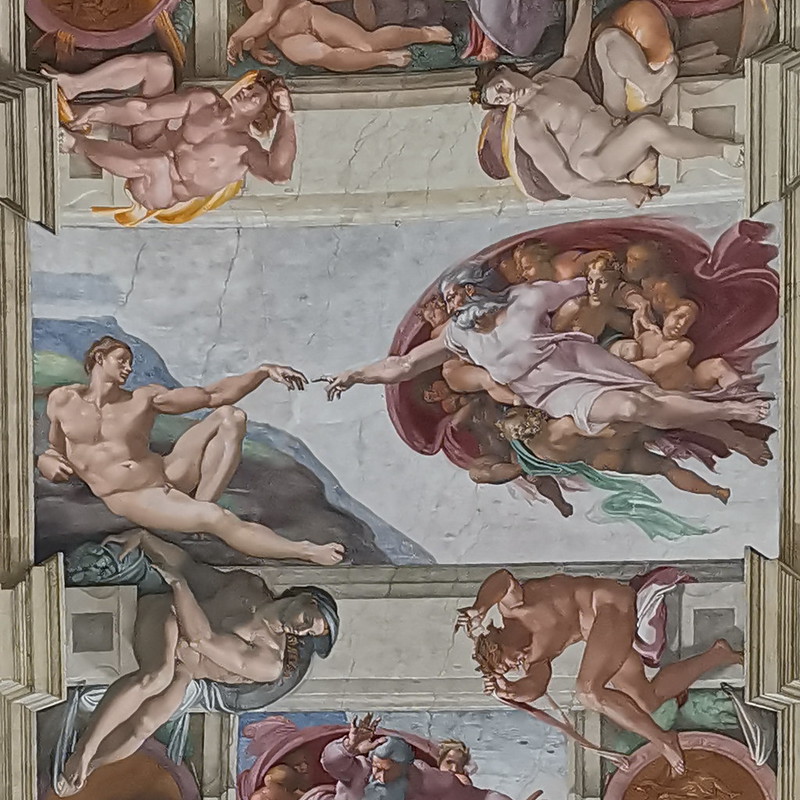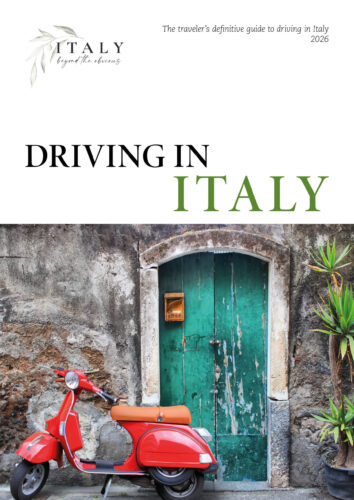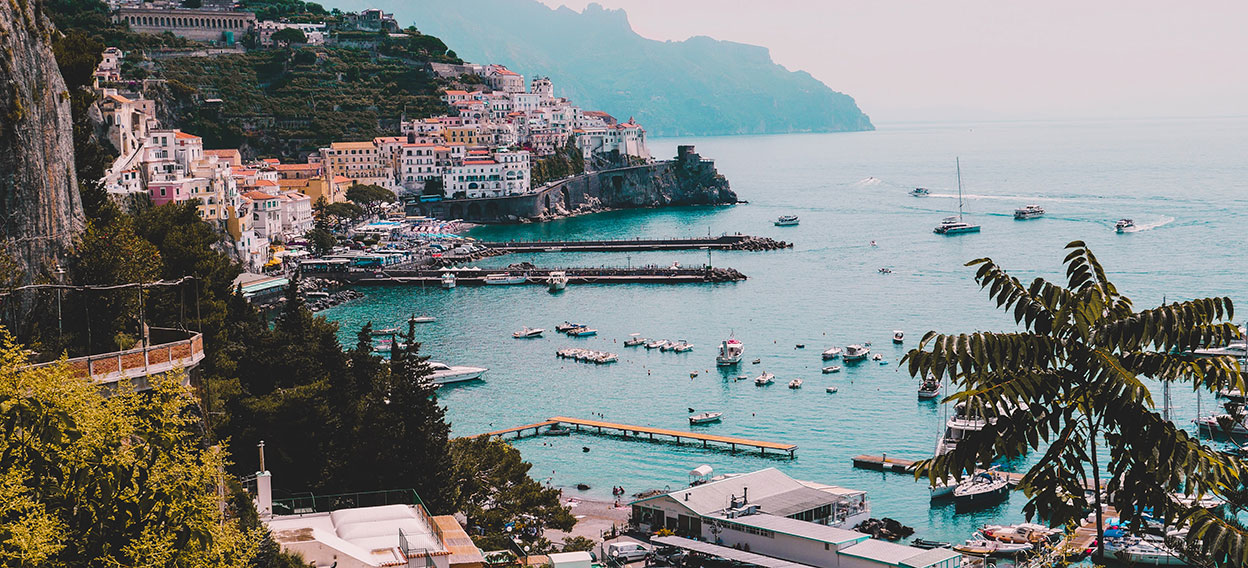Art appreciation in Italy: Prioritize In Situ

“Sistine Chapel Ceiling” by George Groutas via Flickr, licensed under CC BY 2.0
What do the Sistine Chapel, the mosaics in Piazza Armerina or Ravenna, Coreggio’s masterpiece in Parma, and Milan’s Last Supper have in common? The art is all in situ (on site), meaning it was created for a specific place. And lucky for us, it is still there. Art appreciation in Italy can be enhanced by understanding some context, so below are some guidelines for the visitor.
Art inside Museums vs. Art In Situ
Museums can be great, and Italy has a lot of fabulous museums: a temperature-controlled, properly-lit museum space preserves the art and allows the visitor to see a lot of different pieces in a limited space. All good things. But when art is moved from its original spot, the context of the work is lost. So when you’re trying to decide which art to spend your time on, consider prioritizing art in situ.
Art appreciation in Italy: Five Things to Consider for Art In Situ
1) Start paying attention during the approach. This was the artist’s workplace. These are the streets he walked down to get to work. He may have tied his horse to the iron ring on the wall you just walked past. He and his team came to work here every day for years: it’s where they took their lunch breaks, and probably pretty close to where they had their studio and where they lived.
2) Locate the light source(s). The art was created pre-electricity for this precise spot, and was designed to be lit by sunlight. So notice where the windows are, where the door is, whether the work is lit from below, above, the sides, or all three. Is the light direct, reflected, or diffused through a stained-glass window? For example, Correggio’s Assumption of the Virgin, below, gets its light through round windows on all sides of the dome, and throughout the entire day, because the dome rises into the sky.
3) Look around at the space. Is the work high up, low down, or in the middle of the space?What other works of art, if any, were chosen to be close by, and how is the entire space “framed” by all the works? Think about the working conditions during the creation of the art. Michelangelo is known to have complained brutally about painting the Sistine Chapel while lying on his back, and when you visit it – and hear that it took 4 years – you can see why. Somebody was also probably pretty uncomfortable sticking all those tiny pieces of glass high up on the walls of the church of Sant Apollinaire in Classe in Ravenna through both the heat of the summer and the chill of the winter.
4) Consider the materials used. Why did the artist choose to use fresco, or oil, or mosaic, or marble, or terracotta (were the materials mined or created nearby?), and how has it held up over the years? Does the work look the same as it did when it was first made or has it faded or disintegrated or been restored, or been covered up on purpose over the years? For example the mosaics in Ravenna have not faded much in 2000 years because pigment trapped between sheets of glass lasts a long time. You can easily brainstorm ideas for this one, but a guide book or a tour guide will help with definitive answers.
5) What’s the Big Deal? Think about what could have made this piece of art famous (or ask your guide or consult your book). It has lots of competition in Italy, after all. Was it done by a famous artist and that was enough to go platinum? Or was it because of its location? Was it commissioned by an influential famous benefactor? Maybe it used a new or cutting-edge technique of the era (like Canova used in his gipsoteca), or showed something radical, like The Last Supper. Or maybe it didn’t become a big deal until much, much later.
I hope the guidelines above will help maximize your art appreciation in Italy!
Photo of Sistine Chapel detail by ideacreamanuelaPps; Da Vinci’s Last Supper and Correggio’s Assumption of the Virgin images from Wikimedia Commons




